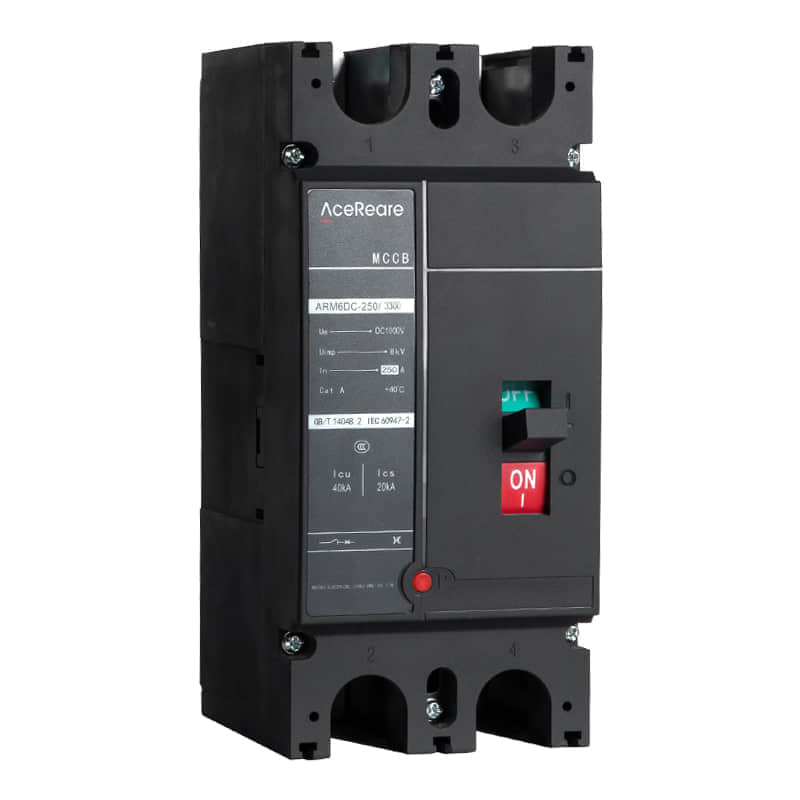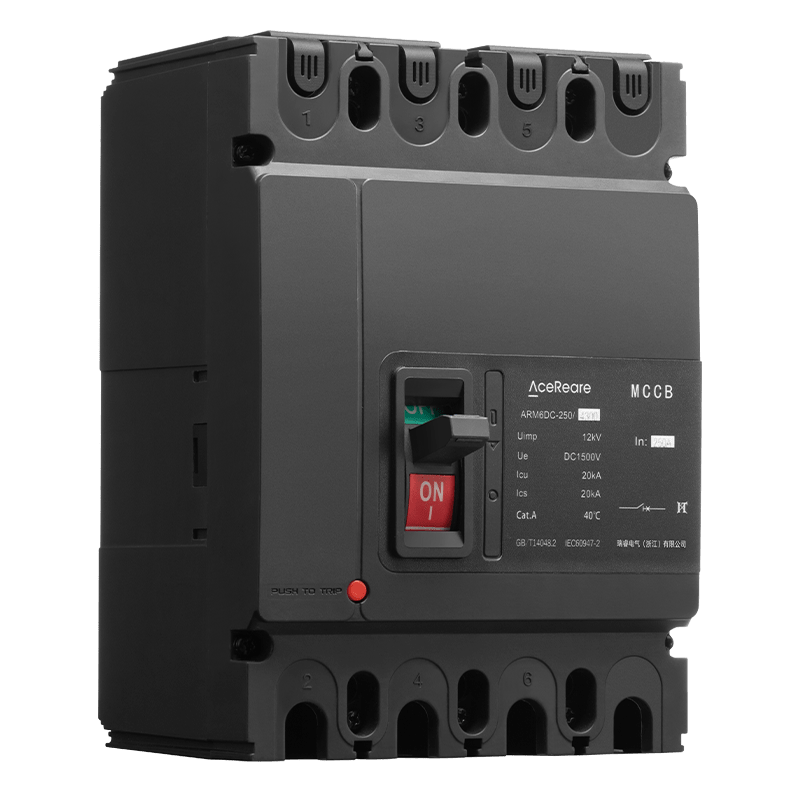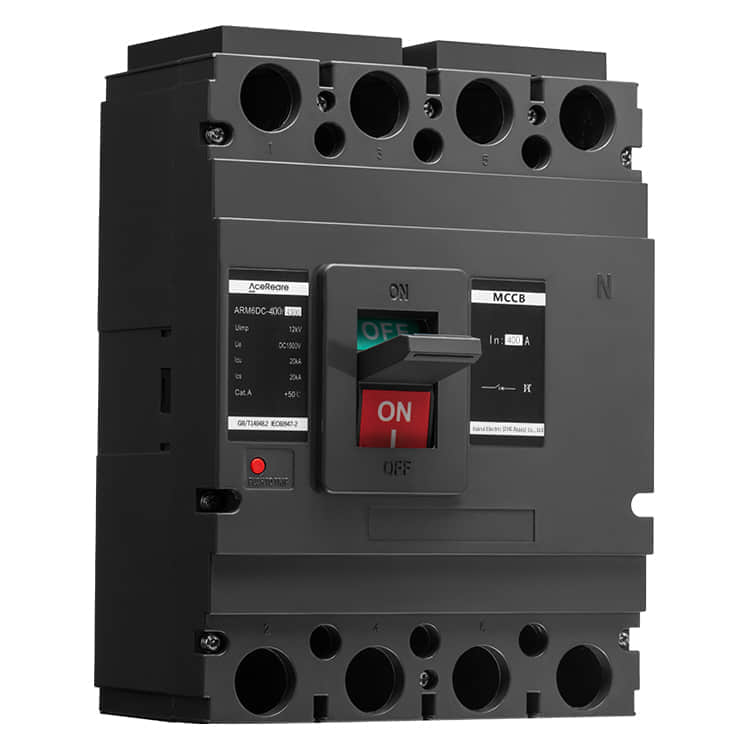In the quest for cleaner and more sustainable energy sources, solar power has emerged as a frontrunner, promising to revolutionize the way we generate electricity. Photovoltaic (PV) systems, which convert sunlight directly into electricity, have gained significant traction. However, as the adoption of PV systems continues to surge, ensuring their safe operation becomes paramount. Enter Photovoltaic Molded Case Circuit Breakers (PV MCCBs), a technological innovation that combines solar power efficiency with electrical safety.

Photovoltaic MCCBs are a specialized type of circuit breaker designed to protect PV systems from electrical faults and overcurrent conditions. These devices have evolved from traditional MCCBs, adapting to the unique characteristics and challenges posed by solar power systems. Let’s delve into the key aspects of Photovoltaic MCCBs and their significance in advancing solar energy.

Efficient Energy Harvesting:Photovoltaic systems generate electricity by harnessing sunlight through solar panels. However, fluctuations in sunlight intensity and weather conditions can lead to variations in the amount of generated electricity. Photovoltaic MCCBs are equipped with advanced sensors and monitoring capabilities that can detect fluctuations in current and voltage. This real-time monitoring ensures that the PV system operates within its optimal efficiency range, maximizing energy harvesting potential. Safety First:Safety is a critical concern when dealing with electrical systems, and PV systems are no exception. Traditional MCCBs might not be suited for the unique characteristics of PV systems, which can experience reverse currents during low-light conditions or shading. Photovoltaic MCCBs are engineered to handle these dynamic conditions, preventing unwanted tripping due to temporary voltage drops. This feature safeguards against false alarms and system downtime. Integration with Smart Grids:As the world shifts toward smart grids and decentralized energy generation, the need for intelligent communication and control within PV systems becomes evident. Photovoltaic MCCBs are designed with communication interfaces that enable integration with smart grid technologies. This integration facilitates remote monitoring, control, and maintenance of PV systems, enhancing overall reliability and operational efficiency. Adapting to Technological Advances:The field of photovoltaics is rapidly evolving, with new technologies and system architectures emerging regularly. Photovoltaic MCCBs are designed to be adaptable, allowing seamless integration with various types of PV systems – whether they are grid-tied, off-grid, or hybrid setups. This flexibility future-proofs PV installations, accommodating changes in system configurations and technological upgrades. Ensuring System Longevity:Photovoltaic MCCBs contribute significantly to the longevity of PV systems. By protecting critical components from overcurrent and short-circuit conditions, they prevent damage that could lead to costly repairs or replacements. Additionally, these MCCBs help mitigate fire risks by rapidly isolating faulty components, enhancing the overall safety of PV installations. Environmental Impact:One of the primary motivations for adopting solar power is its positive impact on the environment. Photovoltaic MCCBs align with this objective by ensuring that PV systems operate at peak efficiency. When systems are functioning optimally, they generate more electricity with less waste, thus minimizing their ecological footprint over their lifespan. In conclusion, Photovoltaic MCCBs represent a crucial advancement in the world of solar energy. As we strive to transition from conventional energy sources to more sustainable alternatives, ensuring the safety and efficiency of these systems is of paramount importance. Photovoltaic MCCBs bridge the gap between solar power’s potential and its safe utilization, ultimately driving the widespread adoption of clean energy solutions.
